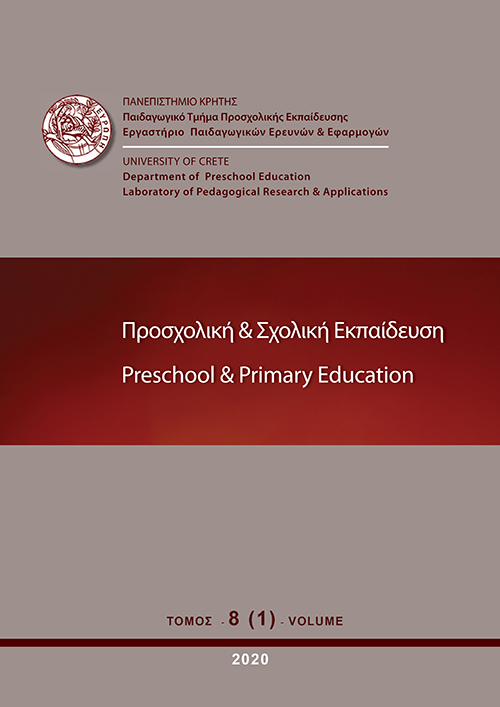Intervention for a Visual Attention Span Processing Deficit in a Greek-Speaking Child with Slow Reading Speed

Abstract
We present the case of TN, aged 9;11, a monolingual Greek-speaking girl with accurate but slow word and non-word reading. Neuropsychological assessment revealed a selective deficit in visual attention (VA) span tasks. TN had previously taken part in a spelling intervention targeting whole word processing and, although her spelling improved, at the end of the programme her reading remained slow. In the present study, we assessed TN in a lexical decision task with semantic primes, and she showed reduced semantic priming in relation to typically developing readers. TN took part in an intervention aimed at mitigating the VA span processing deficit and similar to a programme previously conducted with a twelve-year-old Greek-speaking boy, RF ([author(s)], 2013). Post-test results for TN revealed a significant improvement in letter report ability as well a reduction in word reading latencies; semantic facilitation was also observed in the priming task following the intervention, although differences were not significant. The results indicate, in line with previous research, an association between visual attention span and reading speed.
Article Details
- How to Cite
-
Niolaki, G., Terzopoulos, A., & Masterson, J. (2020). Intervention for a Visual Attention Span Processing Deficit in a Greek-Speaking Child with Slow Reading Speed. Preschool and Primary Education, 8(1), 1–30. https://doi.org/10.12681/ppej.21181
- Issue
- Vol. 8 No. 1 (2020)
- Section
- Articles

This work is licensed under a Creative Commons Attribution-NonCommercial-ShareAlike 4.0 International License.
Authors who publish with this journal agree to the following terms:
- Authors retain copyright and grant the journal right of first publication with the work simultaneously licensed under a Creative Commons Attribution Non-Commercial License that allows others to share the work with an acknowledgement of the work's authorship and initial publication in this journal.
- Authors are able to enter into separate, additional contractual arrangements for the non-exclusive distribution of the journal's published version of the work (e.g. post it to an institutional repository or publish it in a book), with an acknowledgement of its initial publication in this journal.
- Authors are permitted and encouraged to post their work online (preferably in institutional repositories or on their website) prior to and during the submission process, as it can lead to productive exchanges, as well as earlier and greater citation of published work (See The Effect of Open Access).


